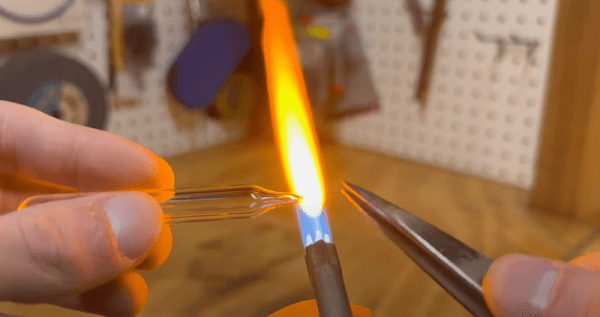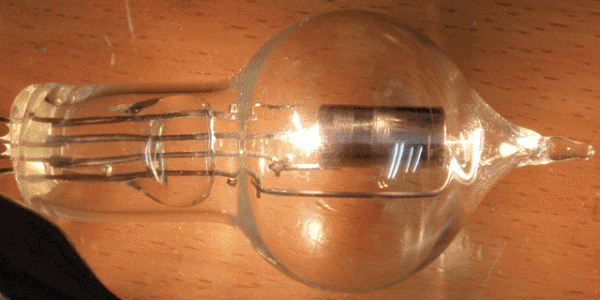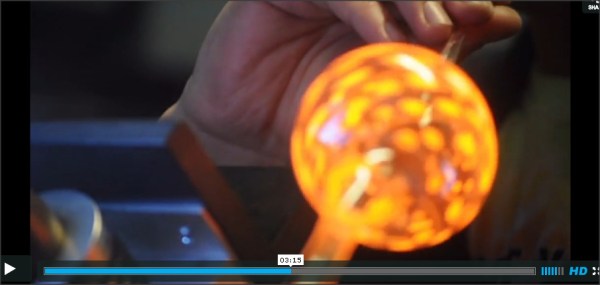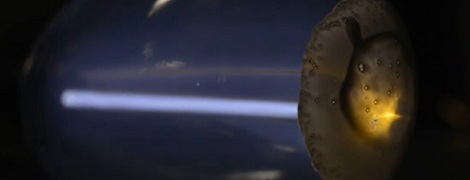There was a time when ordering some glassware from a distributor meant making a sizable minimum order, sending a check in the mail and waiting weeks for a box full of — hopefully intact — glassware to arrive. In those days, blowing your own glassware from glass tubes was fairly common and [Wheeler Scientific] has been doing a series on just how to do that. Even if you aren’t interested in building a chemistry lab, you might find the latest episode on making a gas discharge tube worth a watch. There are several videos and you can see a few of them below.
Of course, blowing glass is literally playing with fire, so be careful. Most important rule? Don’t inhale. Then again, for a lot of things, blowing glass doesn’t involve you actually blowing, but it is more like bending and shaping and — technically — what he shows is lampwork, not actual glassblowing, but that’s a technicality.
















